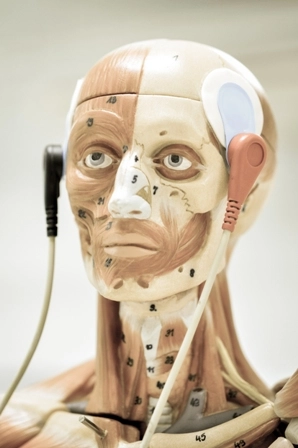Clear Up the Confusion on X-ray Billing

Question: As a chiropractor, we often need to use diagnostic services such as X-rays to help diagnosis, and therapeutic devices such as hand held manual devices to provide the manipulative thrust in a precise and controlled manner. To what extent is reimbursement possible for these added services?
Mississippi Subscriber
Answer: Coverage of chiropractic service is specifically limited to treatment by means of manual manipulation, i.e., by use of the hands. The Medicare Carrier Manual refers to manipulation as “Chiropractic service specifically limited to treatment by means of manual manipulation, i.e., by use of hands.” It goes on to say that some chiropractors do use hand held devices to assist themselves, but Medicare would not permit additional payment for the use of such equipment. It specifically covers manual manipulation performed by chiropractor with his own hands. Although not covered by Medicare, the use of hand held devices is popular as it protects your own joints from a “burn out,” letting you work longer, and thereby helping you prosper indirectly.
Under Coverage Indications, Limitations, and/or Medical Necessity, the Noridian LCD specifically states that no other diagnostic or therapeutic service furnished by a chiropractor or under the chiropractor’s order is covered. This also means that if a chiropractor orders, takes, or interprets an x-ray, or any other diagnostic test, the x-ray or other diagnostic test, can be used for claims processing purposes, but Medicare coverage and payment are not available for those services. This prohibition however does not affect the coverage of X-rays or other diagnostic tests furnished by other practitioners under the program. For example, an X-ray or any diagnostic test taken for the purpose of determining or demonstrating the existence of a subluxation of the spine is a diagnostic X-ray test covered under 1861(s)(3) of the Act if ordered, taken, and interpreted by a physician who is a doctor of medicine or osteopathy.
Effective for claims with dates of service on or after Jan. 1, 2000, an X-ray is not required to demonstrate the subluxation. However, an X-ray may be used for this purpose if the chiropractor so chooses.




